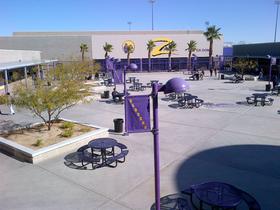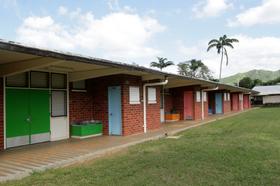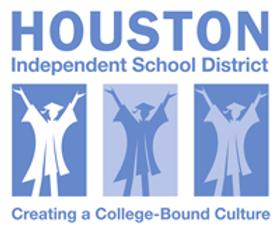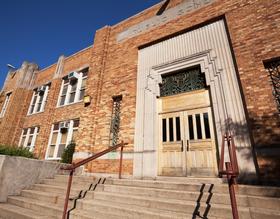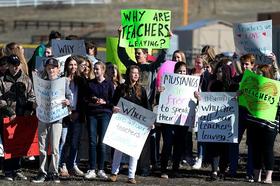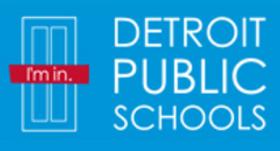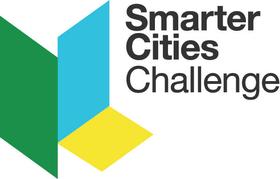Student truancy is a problem for many school districts across the country, impacting student performance and even the amount of funding schools receive. Some schools in Texas think they have found a way to address the problem directly, by requiring students to wear special badges that allow school administrators to monitor their whereabouts. While school officials call the new tracking cards a boon to student safety and attendance, some parents and students have voiced concern over whether schools are going too far in violating student privacy.
Monitoring Programs Introduced in San Antonio, Austin
The Huffington Post reports that the Northside Independent School District in San Antonio has distributed the special ID cards to all of its students as part of a pilot program dubbed the “Student Locator Project.” The identification cards contain a microchip that allows teachers and staff to track students while they are on school property. Currently, the project is underway at two Northside schools: Jay High School and Jones Middle School. The program impacts around 4,200 students between the two schools.
The new tags use radio frequency identification technology (RFID) for the tracking mechanism. In a notice sent out to parents, district officials stated the RFID tags would be used to make schools safer, identify the location of students, and increase school revenue. The cards are to be used as general student identification cards as well. ID cards must be presented for various functions on school campuses, such as voting in school elections.
This video discuss whether tracking students is ok.
Opposition to Student Tracking
Slate reports that while most the San Antonio parents and students have accepted the RFID cards without much ado, a few have voiced protests over the new practice. One parent of a student at Jay High School compared the new ID card to biblical warnings about the “mark of the beast” during end times, which appear in the Book of Revelation. This parent has launched a full-scale protest of the new tracking devices, which has attracted other parents and students at the school. His daughter told WOAI that she refuses to wear the card, carrying her old student ID with her instead.
Other concerns that have been raised regarding the new devices include:
- Dehumanizing students, as monitoring all activity within the school environment, may be demeaning.
- Hesitation by students to seek help from counselors and other school staff, since their whereabouts would no longer be kept private from other faculty and administrators.
- Students could become accustomed to electronic tracking, which could carry through into their adult lives and they begin to see monitoring and tracking as a normal part of society.
This TEDx Talk opines that student tracking should end.
Student Safety over Privacy
While many see the merit to these concerns, others believe that tracking identification is an effective way for schools to keep an eye on students while they are in the care of school staff. Pascual Gonzalez, communications director for the school district, points out that students in school have never expected the level of privacy they are entitled to receive as adults in the population at large.
“By virtue of the fact that you are a student at a school, there is no privacy,” Gonzalez explained to Slate. “It is our responsibility to know where every single one of those 3,000 students is while they are in our care during the school day.”
Gonzalez also told WOAI that the two schools chosen for the pilot program have an unusually high rate of tardiness and truancy. The new tags will help monitor attendance more accurately, by counting students as they enter the building. School administrators also assert that tracking ability will keep students safer while they are on school property.
Funding Tied to Attendance
For students to perform well in school, they must attend classes regularly. With high tardiness and truancy numbers, it is highly possible the students at the Northside schools are not performing as well as they could be. Those numbers impact more than student safety and performance; they affect the amount of funding schools receive as well. Gonzalez said the schools could gain as much as $2 million in state funding if attendance throughout the district improved. Other sources cite additional funding possibilities closer to $1.7 million. Tracking devices allow schools to count every student on campus, even if the student is not present for morning roll calls.
Austin School Offers Options Tracking System
Some schools in Austin are also getting in on the new Texas tracking system, although they are making participation in the program optional for students and parents. ABC Local reports that the Austin school district has implemented a new truancy program that uses GPS trackers to monitor the location of students. The program has been introduced at nine high schools thus far, also targeting the schools with the highest records for truancy and tardiness. Participation in the program requires consent from both the parents and the student.
ABC reports that more than half of the students at one Austin high school miss six or more days of school every year. Those students make up around 85 percent of the absences at that school. Many of the students on that list are from low-income families, making the statistics even more concerning for educators.
“If our students don’t attend, they can’t get the instruction they need from their classes,” Crystal Bernard, an administrator for the district, told ABC. “It’s marrying the technology that our students are already comfortable with, to get them excited about coming to and attending school.”
Questions? Contact us on Facebook. @publicschoolreview








